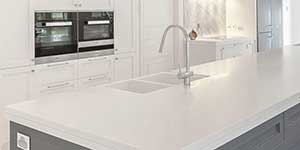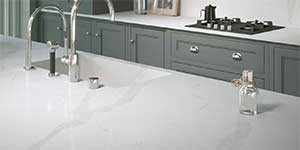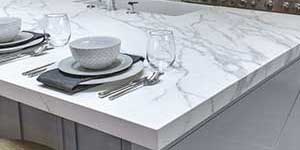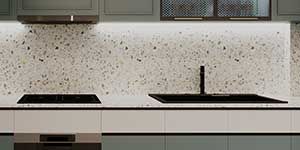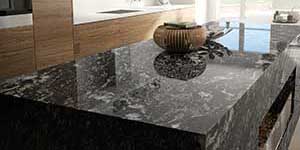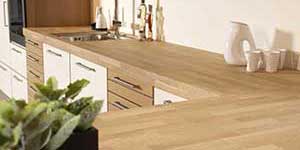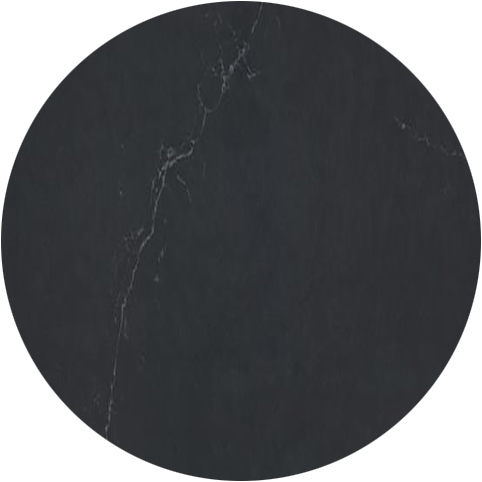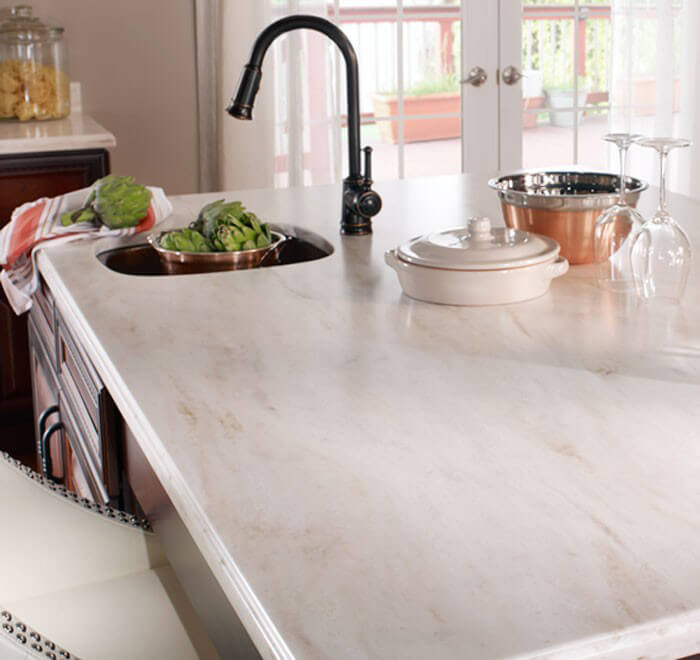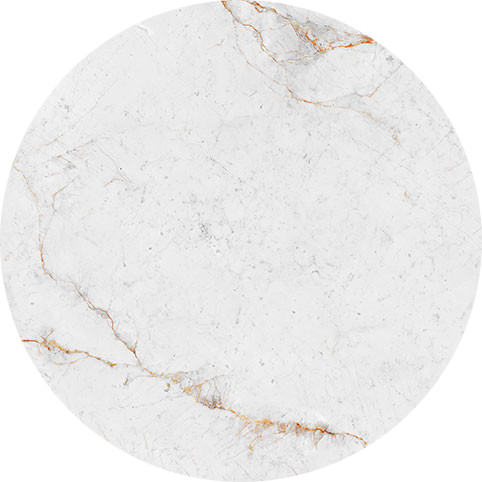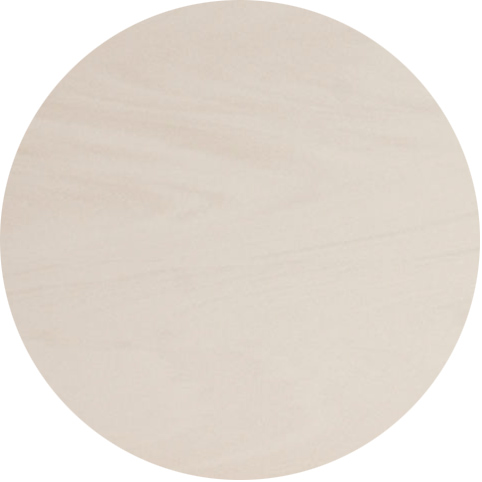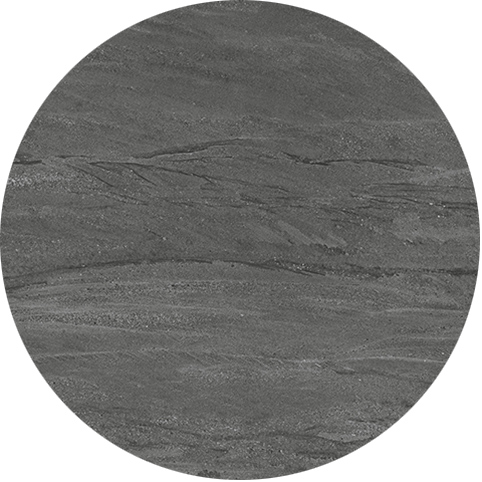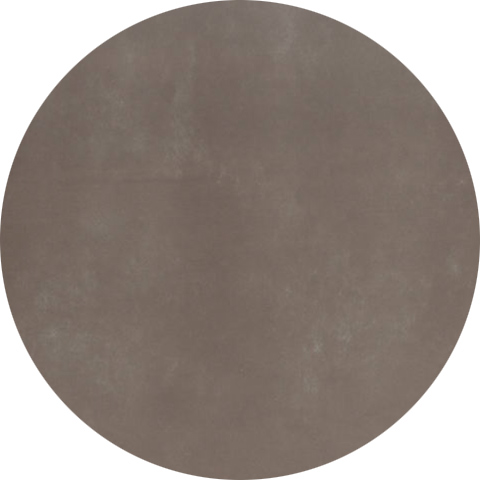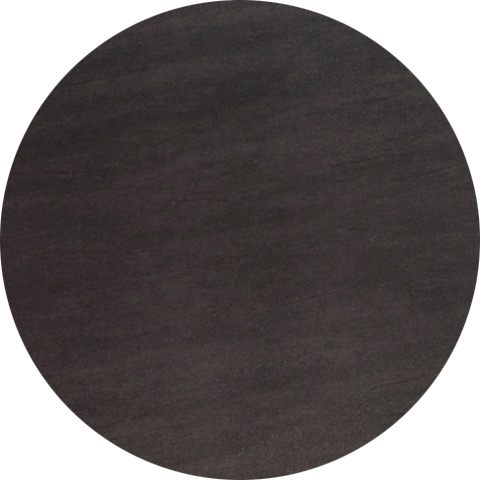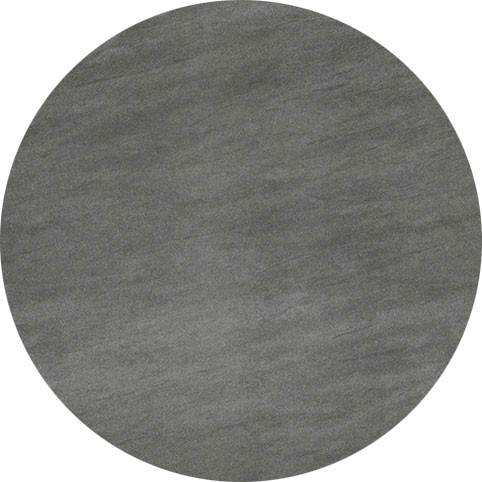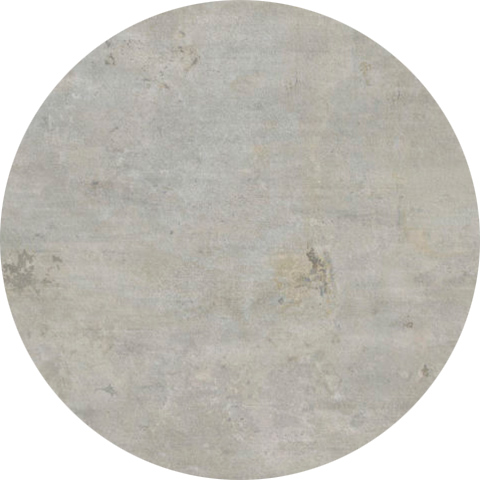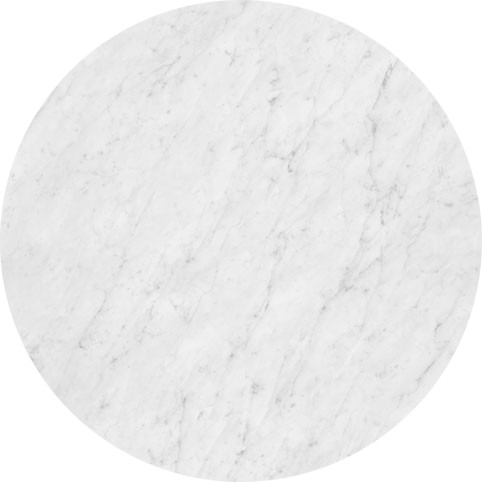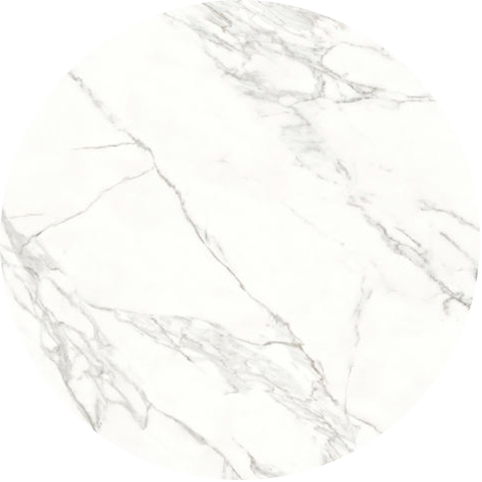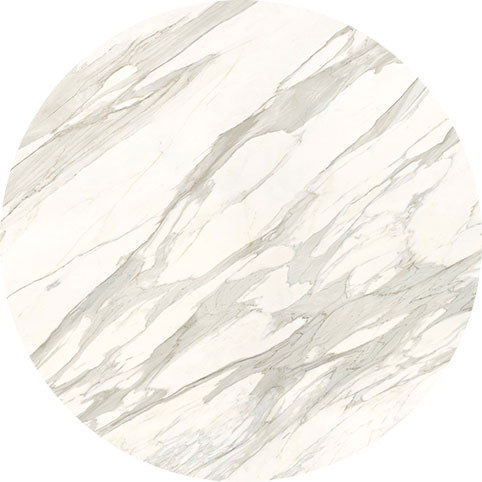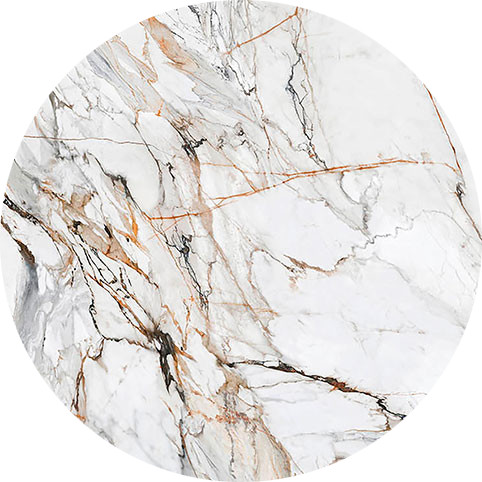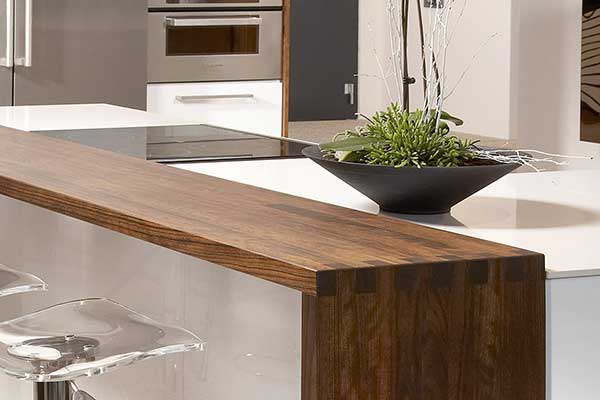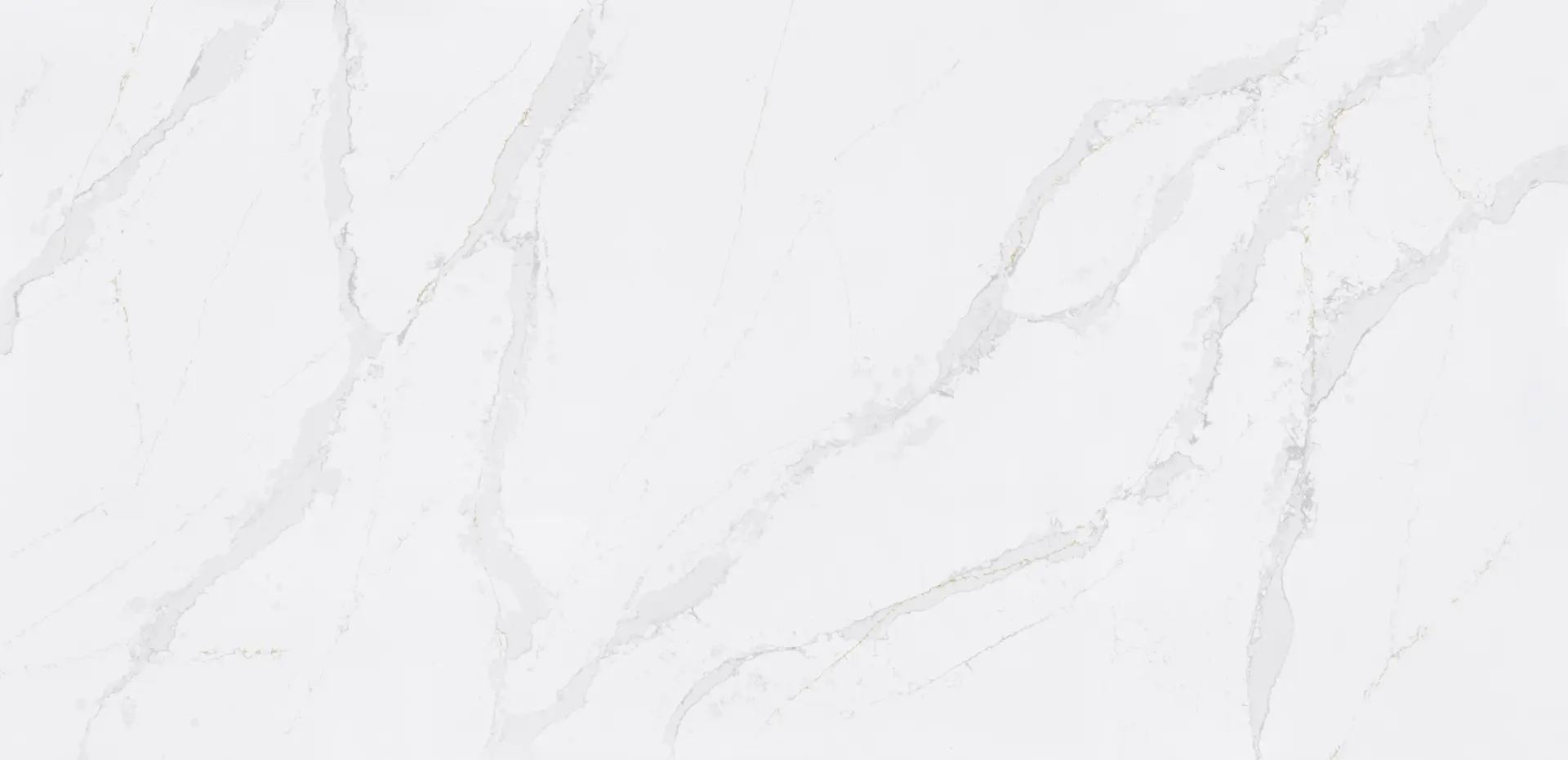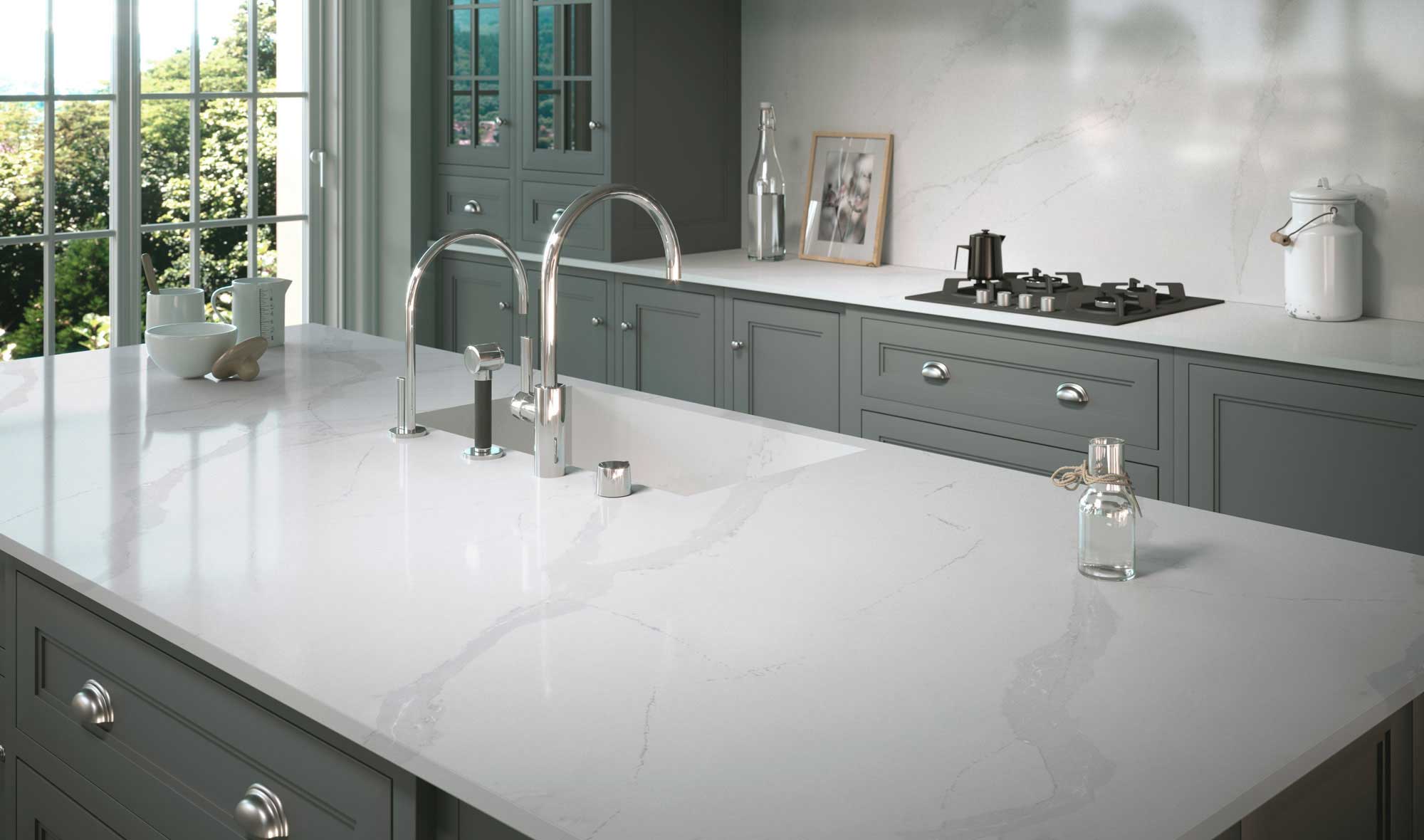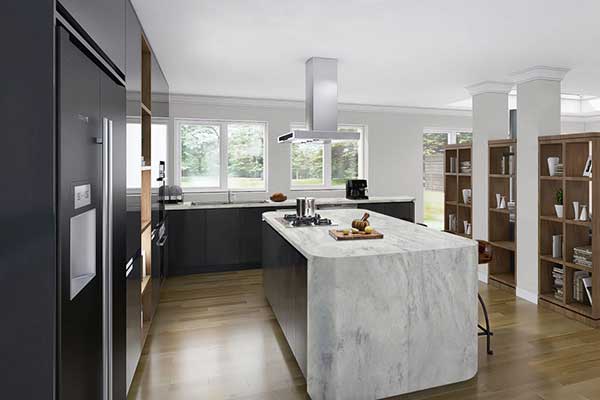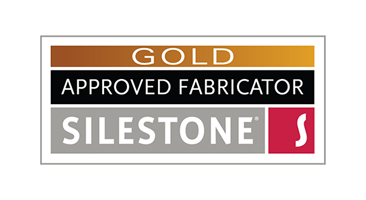Overview
- Quality of the Kitchen Worktop
- Technical innovations in the 21st century
- How to Choose The Right Kitchen Worktop
- Comparison of Main Worktop Types
- Ultra-Compact
- Quartz
- Silestone Ariel
- Silestone Blanc Élysée
- Silestone Blanco Maple
- Silestone Blanco Norte
- Silestone Blanco Zeus
- Silestone Bohemian Flame
- Silestone Brass Relish
- Silestone Charcoal Soapstone
- Silestone Château Brown
- Silestone Cinder Craze
- Silestone Concrete Pulse
- Silestone Coral Clay
- Solid Surface
- Stone
- Neolith Abu Dhabi White
- Neolith Arctic White
- Neolith Arena
- Neolith Aspen Grey
- Neolith Barro
- Neolith Basalt Black
- Neolith Basalt Grey
- Neolith Beton
- Neolith Blanco Carrara
- Neolith Calacatta
- Neolith Calacatta Gold
- Neolith Calacatta Luxe
- Wood
- Glass
- Stainless Steel
- Laminate
- Concrete
It’s worthwhile knowing the main types of kitchen worktop available to you, so you can make an informed choice when it comes to buying a new one or replacing your current worktop.
Worktops are arguably the most important part of any kitchen, bathroom or living area since it is often the first thing that anybody notices and it can make or break the aesthetic appearance of a room.
Quality of the Kitchen Worktop
The quality of the kitchen worktop you choose will also determine the lifetime of your kitchen and how long the design remains in fashion.
It is important to make a wise decision to also make your kitchen worktops endure any mishaps – from food stains to hot water damage.
Technical innovations in the 21st century
During the past few years, the quality of kitchen worktops have advanced dramatically, allowing for an abundance of options at every level.
You may choose from a huge variety of super tough and ultra-luxurious worktops in different materials, colours, textures, thicknesses and price ranges to suit every budget, style or taste.
How to Choose The Right Kitchen Worktop
This article attempts to give an outline of the best and most popular types of kitchen worktop materials to help you choose the right worktop for you.
Comparison of Main Worktop Types
Ultra-Compact
Ultra-compact kitchen worktops are made of a revolutionary new material, called sintered stone, that replicates aesthetic qualities of marble and granite worktops, but improves on their beauty, structural strength, hardness, and density.
Ultra Compact worktops are formed by mixing elements of glass, porcelain and quartz and sintering them under extreme pressure and heat, just below the point of melting them.
The addition of natural granite and minerals such as quartz and feldspar, provide the strength, while Silica, glass, and porcelain, provide extra stability.
The unique fabrication process gives the ultra-compact worktops greater flexibility than granite or marble worktops and therefore they do not break or crack.
Natural oxides are blended in with the mixture during the high-tech manufacturing process to provide the desired colours and veins throughout the thickness of the worktop, and during the compression phase, different finishes and textures are ingrained.
Main qualities of Ultra-compact
Sintered stone is completely UV-stable and chemical resistant, which means it is completely colour-fast so solid colours do not fade over time.
It also makes them eminently suitable for outdoor kitchen use because they will not be damaged by the sun’s ultraviolet rays.
The heat resistance of ultra-compact sintered stone surpasses any other worktop material available and they will not be damaged by hot pans or pots.
Sintered stone is an almost indestructible material that is perfect for bathroom and kitchen worktops, floor and wall cladding, furniture, facades, stairs, and a multitude of other hard wearing surfaces and architectural or building applications, both indoors and outdoors.
Choices of colour, pattern, and textures
The wide array of colours and veins are embedded throughout the material for the ultimate luxurious appearance, colour stability and colour matching across slabs and eliminates the need for edging.
Special qualities
Because of its immense strength and hardness, Ultra-Compact worktops can be manufactured in larger sheets than other worktops, making it incredibly versatile. It is also possible to use thinner slabs, thereby reducing weight and cost.
Advantages and disadvantages of Ultra-compact:
Quartz
(Such as Silestone, Diore, Caesarstone, Compac, Technistone)
-
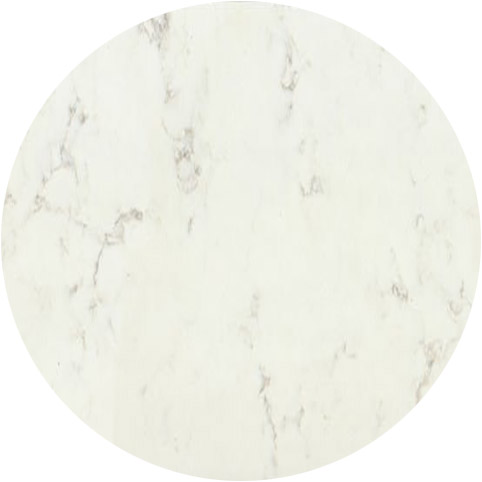 25% OFF
25% OFF -
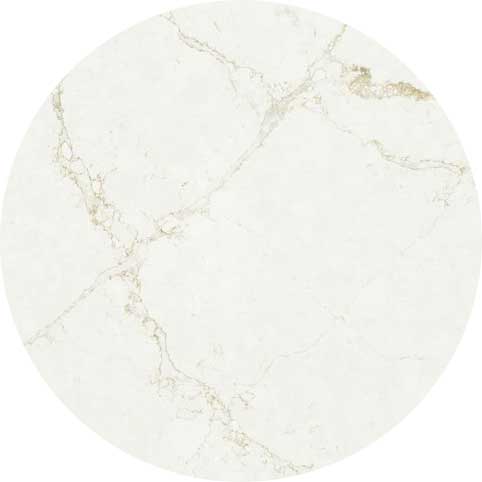 25% OFF
25% OFF -
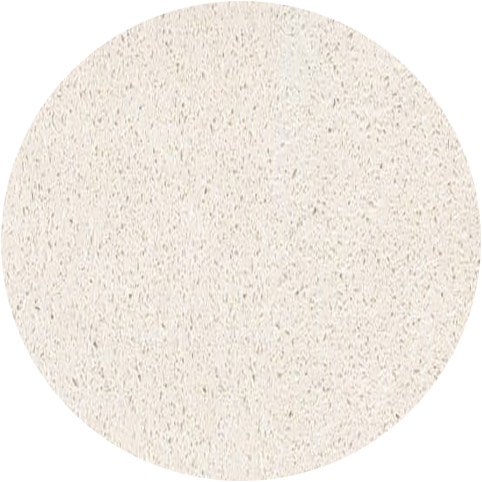 25% OFF
25% OFF -
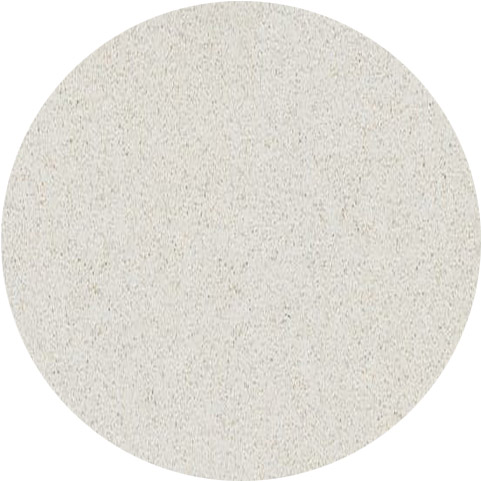 25% OFF
25% OFF -
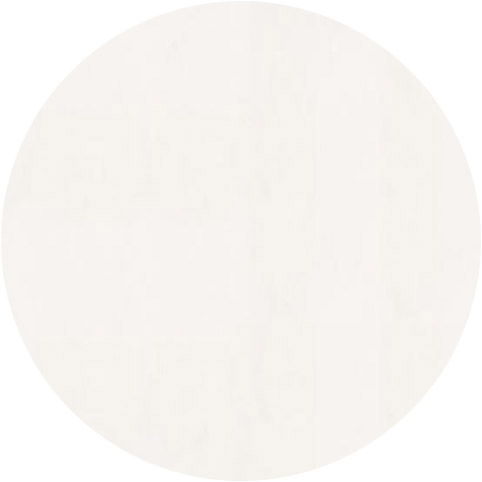 25% OFF
25% OFF -
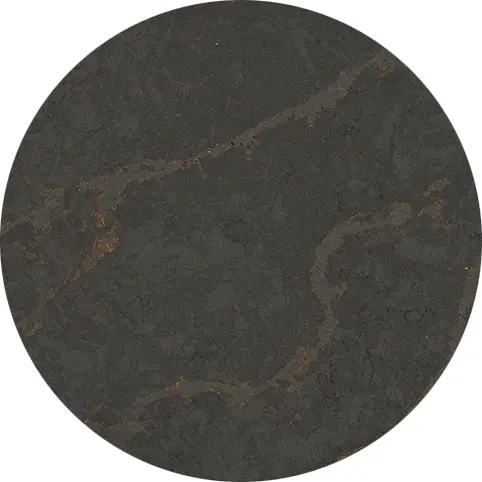 25% OFF
25% OFF -
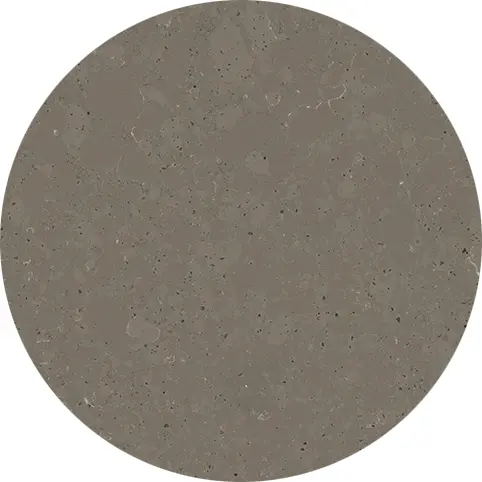 25% OFF
25% OFF -
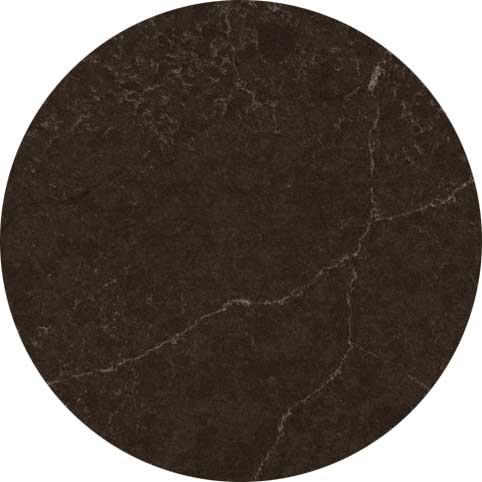 25% OFF
25% OFF -
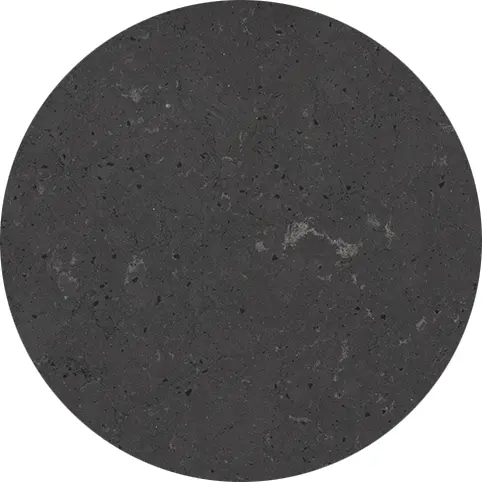 25% OFF
25% OFF -
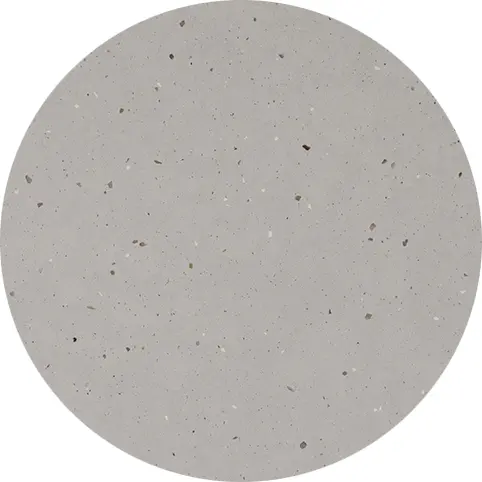 25% OFF
25% OFF -
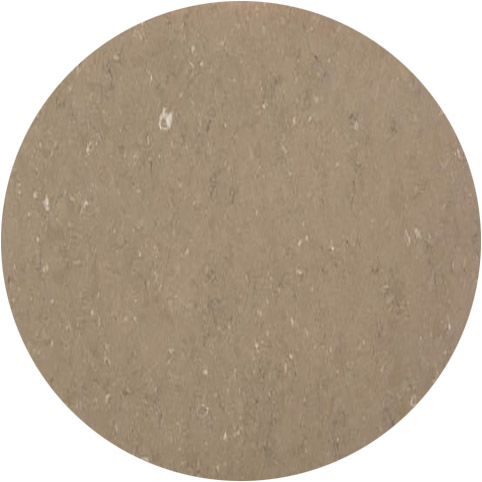 25% OFF
25% OFF
What is a quartz worktop made from?
The beautiful three-dimensional crystal-like Quartz kitchen worktops are made from re-engineered natural quartz, which is the hardest worktop material known to man.
The top end of luxury, premier quartz worktops are made from engineered stone, manufactured through a special heat and vibro-compaction process.
They are manufactured by combining a minimum of 90-94% ground natural quartz, with 6-10% resins, polymers, and colour pigments.
Main qualities of a quartz worktop
A quartz worktop is completely nonporous and ultra-hygienic, easy to clean and actively resists heat, water, bacteria, and stains.
They also contain silver ions as an active ingredient that fights bacteria.
Choice of colours, textures, and patterns
Quartz worktops are available in a vast array of colours and surface textures.
Advantages and disadvantages of quartz:
Solid Surface
(Such as Corian, Diore, Hanex and HiMacs)
Solid surface kitchen worktops are a magnificent improvement on many natural worktops. All the imperfections, fissures and cracks are eliminated from the original marble or granite, while enhancing their beauty and improving all the natural qualities.
What is a solid surface worktop made from?
Solid surface worktops are created from a unique composite of pulverised natural minerals and pure acrylic polymer. The manufacturing process retains the natural appearance of marble and granite, while improving the strength, durability, and hygiene factors of the natural minerals
Main Qualities
Solid surfaces are created to last a lifetime.
The stone-hard kitchen worktop can be shaped, moulded, sanded, engraved, and fabricated to meet any design requirements.
It is completely non-porous, easy to clean and maintain and is highly resistant to stains.
Choice of colours, textures, patterns and accessories
They are available in a very wide array of colours, textures and patterns to emulate the qualities and appearance of natural marble, granite, sandstone, slate or other natural stone.
Integrated moulded sinks and bowls with drainer grooves, upstands and downturns, and accessories are fabricated in the same colour – and because joints are almost invisible – the completed kitchen or bathroom has a truly uniform appearance, as if everything has been cut from a solid block of marble or granite.
Advantages and Disadvantages of Solid Surface:
Stone
Solid stone kitchen worktops are completely natural and are synonymous with luxury.
They are tough, durable, easy to clean and heat resistant.
Types of natural stone worktops
Solid worktops made of Sensa Granite, Granite, Marble and Limestone are fabricated from individual slabs, which guarantees each slab is unique and has its own characteristic touch of elegance.
Maintenance required
Natural stone has fissures and is not completely non-porous, but the best brands of worktops use only top-quality slabs and superior sealants are used to protect the worktop surface.
Advantages and disadvantages of Natural Stone:
Wood
The appearance of solid wood kitchen worktops improves with age as the wood matures and the surface develops a unique patina (gloss or sheen), causing its natural colour to become deeper and enriching its appearance.
The best types of timber used for worktops
Oak, maple, beech, cherry, elm, iroko, walnut
Maintenance required
Top-quality wooden kitchen worktops are hard-wearing, resistant to heat and impact and easy to repair.
If properly sealed and sterilised at regular intervals, water does not penetrate the surface and if properly done, the almost seamless joints do not leave crevices for germs to accumulate.
Scratches can easily be sanded out and even more severe damage can be repaired with some skill and the right tools.
Special qualities of solid wood worktops
Even if bacteria do enter the wood fibre, they do not multiply and can easily be disinfected.
Solid wood bathroom and kitchen worktops are strong and very resilient and if cared for properly they can last a lifetime.
Advantages and Disadvantages of Wood:
Glass
Glass countertops are available in a wide variety of styles, colours, and textures in new or recycled glass.
Designs that stretch the imagination are possible with a glass worktop because it can be shaped and formed into an endless number of different eye-catching styles.
Variations are possible with recycled pieces of crushed glass set in acrylic or concrete, and can either give the appearance of glass floating in liquid or arranged artistically for a mosaic-like look.
Advantages and Disadvantages of Glass:
Stainless Steel
A stainless steel worktop may not ordinarily exude the luxury of quartz, solid surface, marble, granite, or wooden kitchen worktops, but the top brands can be aesthetically very pleasing and modern.
In certain work-areas stainless steel is very practical because it is water resistant, heat resistant, and stain resistant .
No type of liquid or substances can penetrate the material at all and they can easily be cleaned.
It is important to use good quality thicker gauge stainless steel (14-18 gauge) for durability and resistance to dents and scratches.
Advantages and Disadvantages of Stainless Steel
Laminate
As a generally cheaper option, laminate kitchen worktops have always been popular. The laminate covering the substrate is nonporous and does not absorb water and food spills and the surfaces are easy to clean. However, the substrate can absorb water and distort if not sealed properly.
New Technology
The development of laminate worktops has come a long way in the past decade and popular brands such as Formica and Wilsonart offer a large variety of attractive styles, colours and textures.
A laminate kitchen worktop is versatile and can be cut into just about any shape or size and the edges can be covered by strips in the same colour. If special care is taken with the laminate worktop to seal ends and joints, they are pretty hygienic.
Advantages and Disadvantages of Laminate Worktops:
Concrete
Especially in outdoor entertainment areas, well-designed concrete worktops have become more popular, because they are highly resistant to the elements.
To make them aesthetically attractive, materials such as glass fragments, natural stones, shells, and fibre-optic lights can be embedded.
Advantages and Disadvantages of Concrete:
Please don’t hesitate to get in touch for advice on which type of kitchen worktop may be most suitable for you.
Other inspiring articles
Why Silestone Eternal Calacatta Gold is one of the UK’s best selling worktop colours
In the world of interior design, the kitchen is more than just a functional space; it's the heart of the home, a place where style meets practicality. One of the standout stars in kitchen [...]
A Solid Choice: Why Solid Surface Worktops are a Top Pick for your Kitchen
Solid surface worktops, such as Corian, Hanex, and Hi-macs, have been steadily gaining popularity in the world of kitchen design and renovation. While there's a plethora of worktop materials to choose from, solid surface [...]
Choosing the Perfect Kitchen Worktop
A comprehensive guide to Quartz, Solid Surface, Ultra Compact, Granite, and Wood When it comes to designing your dream kitchen, one of the most crucial decisions you'll make is selecting the perfect [...]
How to restore Corian countertops
Corian countertops are a popular choice for many homeowners due to their durability and low maintenance requirements. But if yours has become stained or damaged, you’ll need to know how to restore [...]

